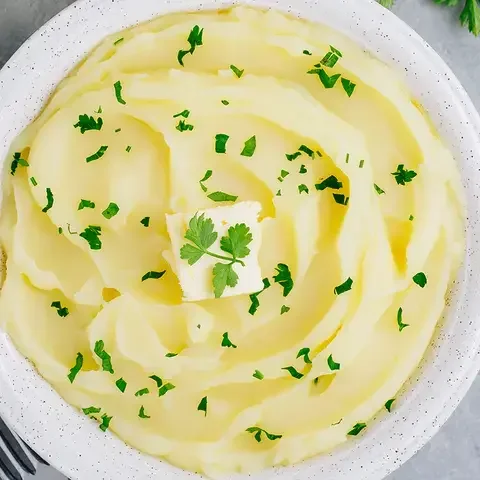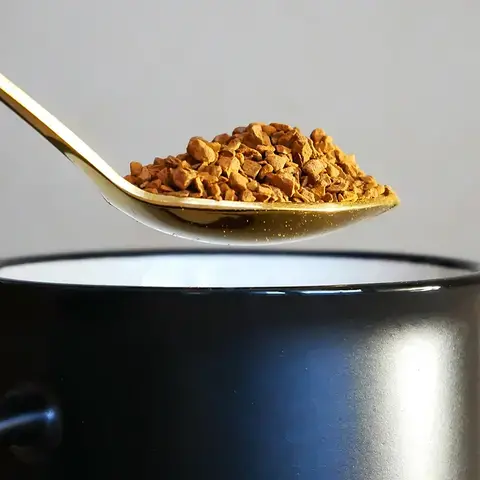We always associate sourdough starters with rustic breads, artisan loaves, and wonderfully tangy crusts and pizzas. However, this traditional yeast has other uses; outside the savory sphere there is a whole world of flavor to unlock by using your sourdough starter to make sweets and desserts. Here’s a rough guide to getting your starter to elevate your desserts.
What is a sourdough starter?
A sourdough starter is a living culture of flour and water full of wild yeast and lactobacilli. Its primary role in baking is to leaven bread, providing a complex flavor profile and a light, airy texture. When used for desserts, the sourdough adds a subtle tanginess and depth of flavor that elevates even the most basic dessert recipe. Click here to learn how to make your own sourdough starter at home.
How to use sourdough in desserts
The key to using sourdough starter in desserts is to get the balance right. The natural acidity of the sourdough starter can add an interesting contrast to sweetness, creating a more nuanced and intriguing dessert. The natural yeast in your sourdough can enhance the texture of baked goods and make them moister. When using sourdough starter for desserts, consider the hydration level and maturity. A 100% hydration starter (equal parts flour and water) is probably best as it allows more room for error than a drier starter. A mature starter that has been fed for at least a few weeks will give the best results.
Sourdough starter in cakes
One way to see the noticeable difference by using sourdough in dessert cooking is to use it in baking a cake. The starter adds a slight tang and a smooth texture to the overall result. A sourdough chocolate cake has deep, rich flavors of cocoa, combined with complex notes of sourdough.















